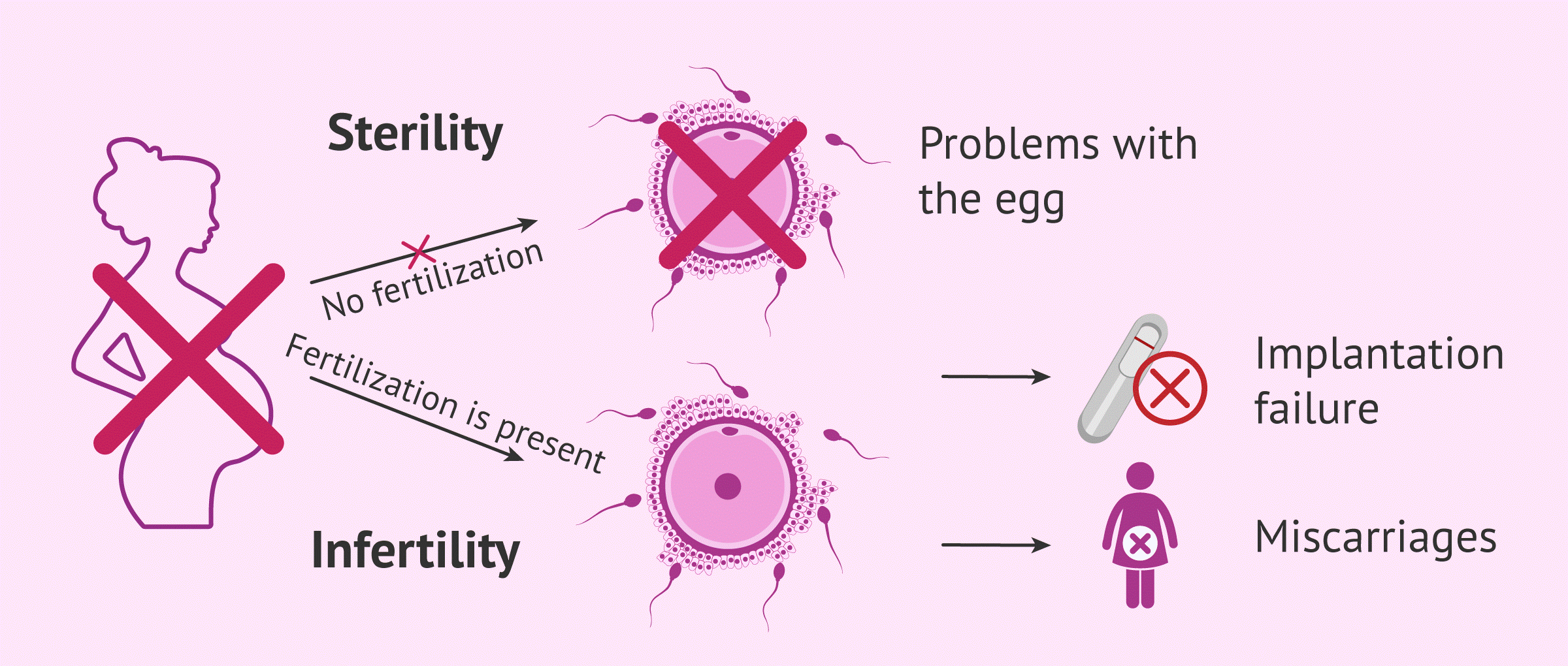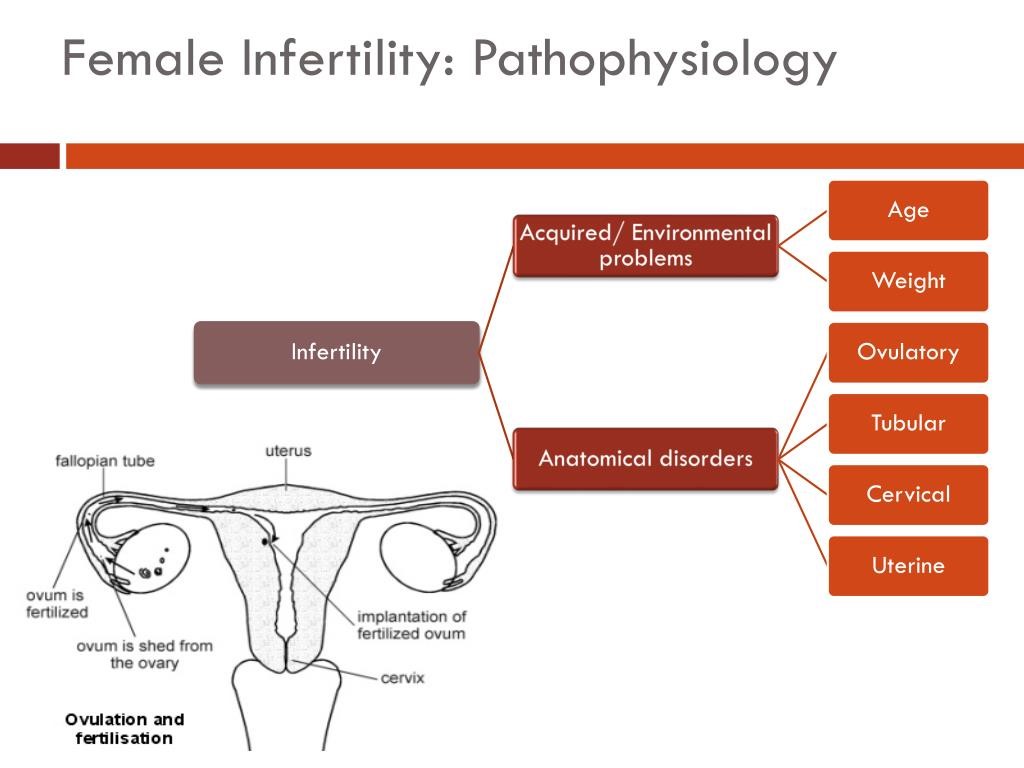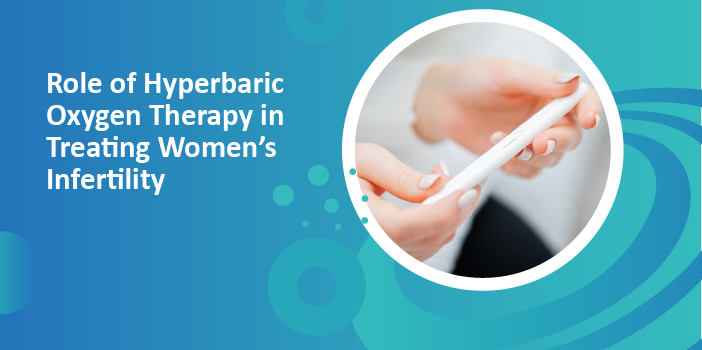Role of Hyperbaric Oxygen Therapy in Treating Women’s Infertility
Female Infertility
The disorder known as infertility affects or limits one’s capacity to become pregnant and give birth to a child. Female infertility, often known as “female factor,” infertility, is the term used when the female partner is proven to be the cause of infertility. A prevalent illness is an infertility. At least 10% of women experience some form of infertility. As a woman ages, her odds of being infertile rise.
To ascertain the distribution of gender and the causes of infertility, the World Health Organization (WHO) conducted a significant international investigation. Female infertility was the cause of infertility in 37% of infertile couples; male and female factors were found in 35% of couples, and male factor infertility was present in 8% of couples [1].

Causes
Ovulation issues are a common cause of infertility.
Some issues hinder the release of an egg completely, while others only do so during specific cycles.
Ovulation issues may be brought on by:
- ovarian polycystic syndrome (PCOS)
- thyroid issues
- When the ovaries quit functioning before the age of 40, it is known as a premature ovarian failure.
- The fallopian tubes, which connect the ovaries to the womb, might sustain injury and scarring during pelvic surgery.
- Additionally, certain cases of cervical surgery result in scarring or shortening of the womb’s neck.
- Cervical mucus issues
- Fibroids
- Small fragments of the endometrium, the lining of the womb, begin to grow in other locations, such as the ovaries, in endometriosis.
- An infection of the upper female genital tract, which includes the womb, fallopian tubes, and ovaries, is known as a pelvic inflammatory disease (PID).
- Sterilization: If a woman decides she does not want to have any more children, she may elect to be sterilized. Blocking the fallopian tubes during sterilization prevents an egg from making it to the womb [2].

Diagnosis
The woman and her spouse must undergo tests as part of the investigation into potential infertility. For the lady, tests could consist of:
- physical examination, including blood testing to look for ovulation hormones and medical history
- The presence of fibroids is evaluated via laparoscopy, a surgical procedure in which an instrument is placed through a tiny abdominal incision so that the reproductive organs can be viewed using ultrasound images.
- . a Pap exam.
- pelvic examination
- ultrasonography of the womb.
- a check to see whether there is any unusual milk output in the breasts.
Risk Factors
The risk of female infertility might rise because of numerous circumstances. Age, general health issues, genetic (inherited) characteristics, lifestyle decisions, and other factors can all affect a woman’s ability to conceive. Certain elements may include:
- Age
- hormone problem preventing ovulation
- the abnormal cycle of the menses
- Obesity
- being too thin
- a low body fat percentage because of intense activity
- Endometriosis
- structural difficulties
- uterine tumors
- Cysts
- Tumors
- autoimmune diseases
- sexually transmissible diseases
- ovarian polycystic syndrome
- First-order ovarian insufficiency
- excessive drug usage
- Smoking
- a previous tubal ectopic pregnancy [3].
Treatment
Various treatments are used to treat this problem.
Medications
Drugs like clomiphene citrate (Clomid, Serophene), gonadotropins (such as Gonal-F, Follistim, Humegon, and Pregnyl), or letrozole may be recommended if you have ovulation issues. When Clomid or Serophene fail to stimulate ovulation, gonadotropins might be used. By stimulating your ovaries to release several eggs, these medications can also aid in your ability to become pregnant. Only one egg is typically released each month. In cases of unexplained infertility or when other forms of treatment have failed to conceive you, your doctor may advise you to take gonadotropin. If you have insulin resistance or PCOS, another type of drug called metformin (Glucophage) may help you ovulate naturally (polycystic ovarian syndrome).
Intrauterine Insemination
During ovulation, a doctor will inject sperm into your uterus after washing it with a specific solution.
In-vitro Fertilization (IVF)
A medical professional will wash uterus with a special solution before injecting sperm into it when you are ovulating. On rare occasions, it is done when you are on drugs that promote
egg release [4].

Hyperbaric Oxygen as Effective Medicine for Women’s Infertility
Hyperbaric oxygen therapy (HBOT) increases the amount of oxygen in the blood and tissues (hyperoxia) by delivering pure oxygen at high pressure (about 2-3 atmospheres). Hyperbaric oxygen therapy is one type of treatment that includes subjecting patients to pure oxygen (O2) concentrations at high atmospheric pressures (HBOT). This pressure may be greater than or equivalent to 1.4 atmospheres, according to the Undersea and Hyperbaric Medical Society. Patients may only use oxygen when constrained in an area with a minimum air pressure of 2 ATA for any current UHMS-approved usage. A pressure environment that is higher than the air pressure at sea level is necessary for hyperbaric medicine. For the treatment of non-healing lesions, such as diabetic foot ulcers, the FDA has approved HBOT. For the operation, breathing almost pure oxygen and entering a pressurized environment are necessary. This expedites healing by increasing the oxygen content of the blood and the oxygen flow to the wound.
What HBOT does to a woman’s internal reproductive organs when it treats infertility:
- The rebuilding of blood vessels results in increased blood flow into the ovaries.
- Before being delivered into the uterus, the egg grows healthily inside the ovaries, and its chromosomes are in good condition.
- The healthy egg will be in excellent condition and prepared to receive sperm for fertilization.
- The required thickness aids in the endometrium’s development.
- The embryo also grows correctly.
The patients received treatment in a multi-placed chamber for 70 minutes, seven to ten days in a row starting on the second to the fifth day of the menstrual cycle, at a pressure of 2.1 ATA to 2.3 ATA. Due to all these factors, a woman who previously struggled to conceive will have improved chances of becoming pregnant following a few HBOT therapy sessions. After evaluating the effects of hyperbaric oxygen therapy, it was discovered that endometrial oxygenation and vascularization had improved, the quality of the eggs had improved, the ovarian stimulation response had improved, the quality of the embryos had improved, and the pregnancy rate had increased [5].
32 women with unexplained infertility were enrolled in random research over three years. The patients received treatment in a multi-place HAUX chamber for 70 minutes, seven days in a row starting on the fifth day of the menstrual cycle, at a pressure of 2.3 ATA. It is influenced by the uterus’s normal structure, the healthiest hormonal balance, and the best possible vascularization and oxygenation. As far as the first two requirements were met, the use of hyperbaric oxygen results in an endometrium of the best possible quality as well as adequate sub-endometrial vascularization and oxygenation. So, the preferred form of infertility treatment is hyperbaric oxygen therapy [6].
The effectiveness of hyperbaric oxygen therapy, a well-known medical procedure often conducted under 100% oxygen pressure in 2026–3039 hPa, has been studied for treating both male and female infertility [7].
In a recent study, before undergoing any additional embryo transfers, 37 women with intractable infertility who had previously undergone more than 5 embryo transfers with a poor clinical pregnancy rate (4.9%) and no birth were treated with mild hyperbaric oxygen. As a result, 13 women—or a rate of 13.8%—attained clinical pregnancy, and 5 of those women gave delivery following in vitro fertilization therapy. Natural conception and childbirth occurred in two different women. However, 5 women miscarried, and 1 lady had an extra-uterine pregnancy [8].
References
- Recent advances in medically assisted conception. Report of a WHO Scientific Group. World Health Organ Tech Rep Ser. 1992; 820:1-111.
Link: https://pubmed.ncbi.nlm.nih.gov/1642014/
- Hull MG. Epidemiology of infertility and polycystic ovarian disease: endocrinological and demographic studies. Gynecol Endocrinol. 1987 Sep;1(3):235-45.
Link: https://pubmed.ncbi.nlm.nih.gov/3140583/
- Broekmans FJ, Soules MR, Fauser BC. Ovarian aging: mechanisms and clinical consequences. Endocr Rev. 2009 Aug;30(5):465-93.
Link: https://pubmed.ncbi.nlm.nih.gov/19589949/
- Diamond MP, Legro RS, Coutifaris C, Alvero R, Robinson RD, Casson P, Christman GM, Ager J, Huang H, Hansen KR, Baker V, Usadi R, Seungdamrong A, Bates GW, Rosen RM, Haisenleder D, Krawetz SA, Barnhart K, Trussell JC, Ohl D, Jin Y, Santoro N, Eisenberg E, Zhang H., NICHD Reproductive Medicine Network. Letrozole, Gonadotropin, or Clomiphene for Unexplained Infertility. N Engl J Med. 2015 Sep 24;373(13):1230-40.
Link: https://pubmed.ncbi.nlm.nih.gov/26398071/
- Mitrović, A., Nikolić, B., Dragojević, S., Brkić, P., Ljubić, A., & Jovanović, T. (2006). Hyperbaric oxygenation as a therapy of choice for infertility treatment. Bosnian Journal of Basic Medical Sciences, 6(2), 21.
Link: https://obstetrics.imedpub.com/hyperbaric-oxygenation-therapy-in-infertility-patients.php?aid=8389
- Mitrović A, Nikolić B, Dragojević S, Brkić P, Ljubić A, Jovanović T. Hyperbaric oxygenation as a therapy of choice for infertility treatment. Bosn J Basic Med Sci. 2006 May;6(2):21-4. doi: 10.17305/bjbms.2006.3168. PMID: 16879108; PMCID: PMC7192642.
Link: https://www.ncbi.nlm.nih.gov/pmc/articles/PMC7192642/
- Zadoev, S. A., Evdokimov, V. V., Rumiantsev, V. B., & Osmolovskiĭ, E. O. (2001). Hyperbaric oxygenation in the treatment of patients with chronic congestive prostatitis and lower fertility. Urologiia (Moscow, Russia: 1999), (1), 27-30.
Link: https://europepmc.org/article/med/11233227
- Ishihara, A. (2019). Mild hyperbaric oxygen: mechanisms and effects. The journal of physiological sciences, 69(4), 573-580.
Link: https://link.springer.com/article/10.1007/s12576-019-00678-5

